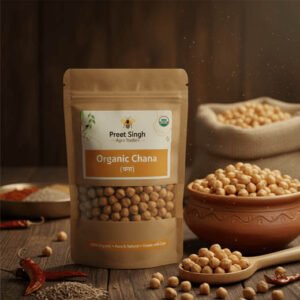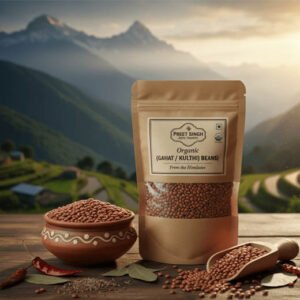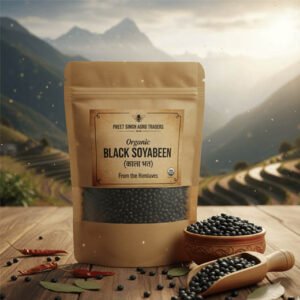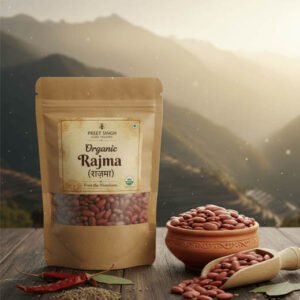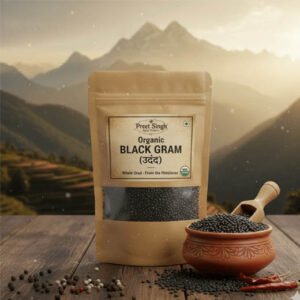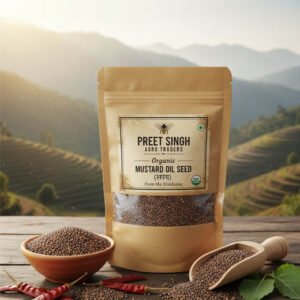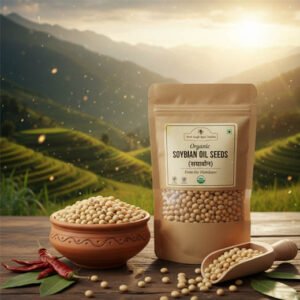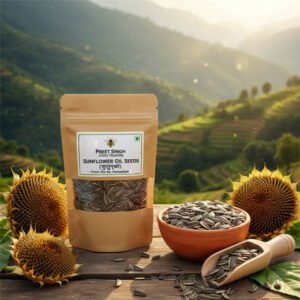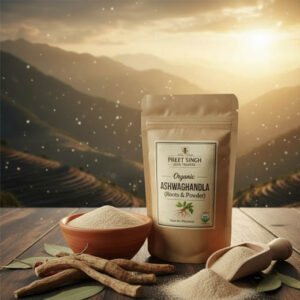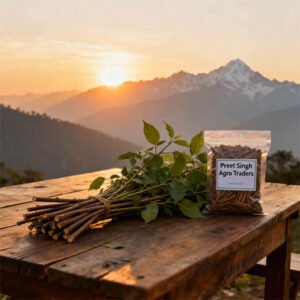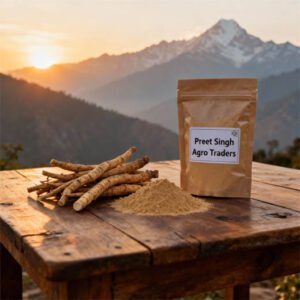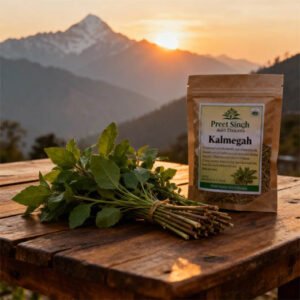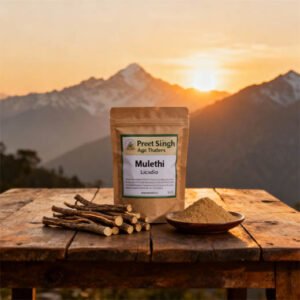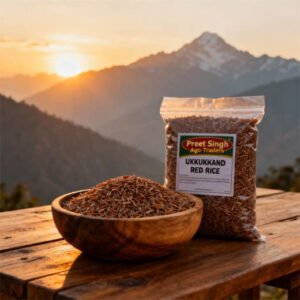Sesame
-
Name: Sesame Seeds (Til); organically grown in Uttarakhand’s hills.
-
Cultivation: 100 % organic — no chemical fertilizers or pesticides.
-
Appearance: Small, oval seeds; typically white, black, or brown depending on variety.
-
Nutritional Value:
-
Rich in healthy fats, protein, fiber, calcium, magnesium, and antioxidants
-
Source of iron and other essential minerals
-
Health Benefits:
-
Supports heart health and bone strength
-
Aids digestion and metabolism
-
Antioxidant-rich; may help reduce inflammation
-
Boosts immunity and energy
-
Culinary Uses:
-
Used in cooking, baking, snacks, tahini, and oil extraction
-
Adds flavor, crunch, and nutritional value to meals
-
Storage: Keep in a cool, dry, airtight container to preserve freshness.
-
Why Uttarakhand Sesame: Pure, chemical-free, nutrient-dense, and sustainably sourced from hilly organic farms.
|
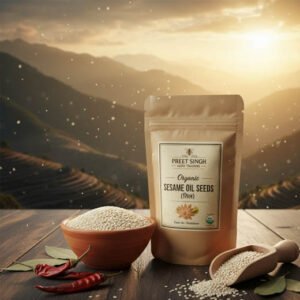 |
